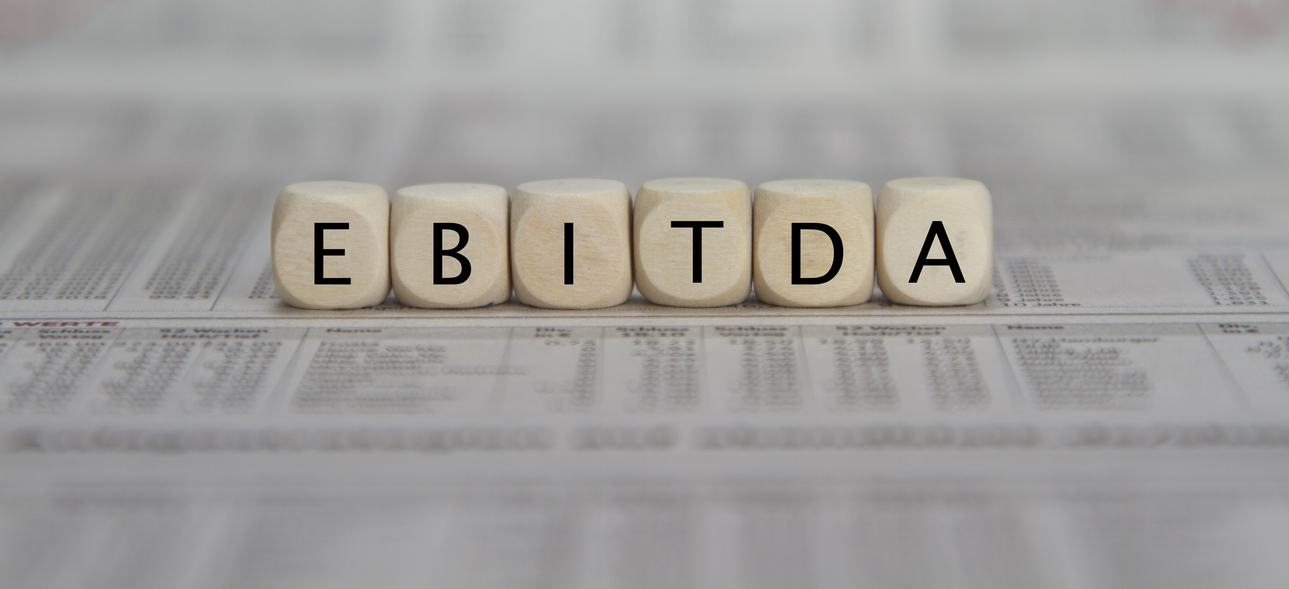
Small Business Exits: M&A closed deal data from June
Welcome to the June edition of Small Business Exits, the monthly publication featuring fully anonymized deal data from a selection…
Selling a business can be a difficult decision for entrepreneurs to make, both on an emotional and financial level. There are a number of factors that come into play when determining an appropriate asking price, including competitive advantages, growth opportunities, and historic financial performance.
However, one valuation metric in particular — EBITDA — can be a great starting point in measuring a company’s potential value in a sale. Before sitting down with prospective buyers or investors, small business owners should understand how this valuation metric will be used to calculate the worth of their company.
EBITDA — or earnings before interest, tax, depreciation, and amortization — is an indicator commonly used by prospective buyers or investors to measure a company’s financial performance.
In its simplest form, EBITDA is calculated by adding the non-cash expenses of depreciation and amortization back to a company’s operating income. Below is the basic formula:
EBITDA = Operating Profit (EBIT) + Depreciation (D) + Amortization (A)
By eliminating the non-operating effects that are unique to each business, EBITDA can help balance the scales by focusing on operating profitability as a singular measure of performance. This is particularly important when comparing similar companies across a variety of industries or different tax brackets.
As a key factor of a successful sale, small-business owners should have a clear understanding of how prospective buyers or investors will determine the value of their business. More often than not, that valuation comes down to a multiple of the company’s earnings.
On its own, EBITDA makes for a relatively futile statistic. After all, there is good reason behind the depreciation and amortization of assets. Simply adding those non-cash expenses back to a company’s net income can paint a misleading picture of its financial performance.
That’s where the need for adjustments comes in. Because EBITDA is a non-GAAP figure, prospective buyers or investors are at the discretion of a business to decide what is and is not included in the calculation. For instance, one might devalue tangible assets such as old equipment and add intangible assets like management and employees. As such, companies tend to adjust the included items from one reporting period to the next.
However, it’s important to understand the limitations of EBITDA. Although it’s often used as a proxy for evaluating the earning potential of a business, EBITDA cannot measure cash flow — it strips out the cash required to fund working capital and equipment upgrades.
Because EBITDA is almost always higher than reported net income, it is often used by businesses as an accounting gimmick to “window dress” their profitability. It also doesn’t take into account a company’s growth potential and customer base.
Therefore, small-business owners should be sure to analyze EBITDA in conjunction with other important factors, such as capital expenditures, changes in working capital requirements, debt payments, and net income.
If a company is in a high-growth market, it can expect a significant acquisition premium — a buyout offer that is several times more than its most recent EBITDA. Generally, the multiple used is about four to six times EBITDA.
However, prospective buyers and investors will push for a lower valuation — for instance, by using an average of the company’s EBITDA over the past few years as a base number.
In order to ensure the highest valuation, small-business owners will need to boost their company’s overall financial performance. As a starting point, the focus should be on preparing high-quality financial statements.
If a company’s financials are poorly done, it sends the signal that there is a lack of competency and/or knowledge of the business. From a value perspective, thorough numbers also greatly reduce the risk of missing an item that might work in favor of the buyer and, thus, lower the company’s valuation.
In addition, making the right changes — such as cutting unprofitable costs, increasing sales, or reaching new markets — can also have a significant impact on a company’s EBITDA.
That said, it can still be difficult for a company and the prospective buyer to reach an agreement on a purchase price — otherwise known as a “valuation gap.” In this case, a small-business owner will need to prove that its ROI and growth potential justify a higher EBITDA multiple.
This can be achieved by developing a solid strategic plan that will help showcase the background and performance of a company. In turn, small-business owners will need to find facts or data that support the story they are trying to communicate to prospective buyers or investors.
